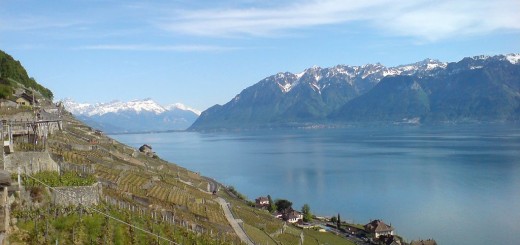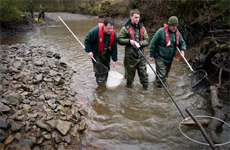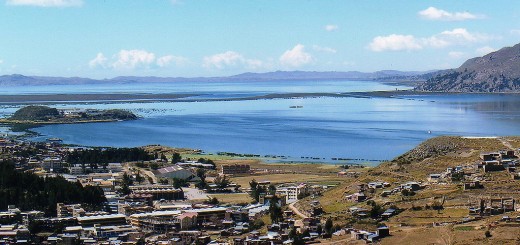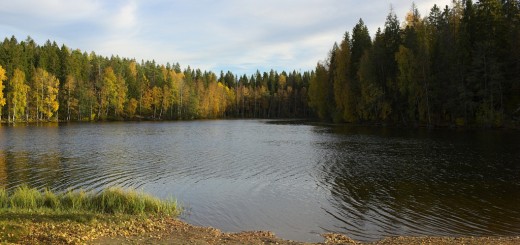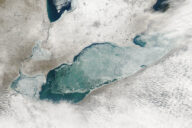Friday Five: Lakes of East Africa
0In geological terms, a “rift” is an area of Earth where the planet’s crust is separating from the mantle beneath. One of the most extensive rift systems is found in East Africa, where a series of large fissures in Earth’s crust appear.
This area is known as the East African Rift System and geologists believe part of it will break off from the African continent within 10 million years and form a new ocean basin. Because of the tectonic activity in the region, East Africa is home to some of the world’s greatest lakes.
Lake Nyasa
Also called Lake Malawi, it is the third largest body of water in the rift system. It sits 1,550 feet above sea level and has a maximum depth of 2,310 feet at its northern end. On the other side of the lake, commercial fishing of tilapia and other freshwater fish is popular. In recent times, abundance of fish populations in Nyasa has diminished due to increased siltation.
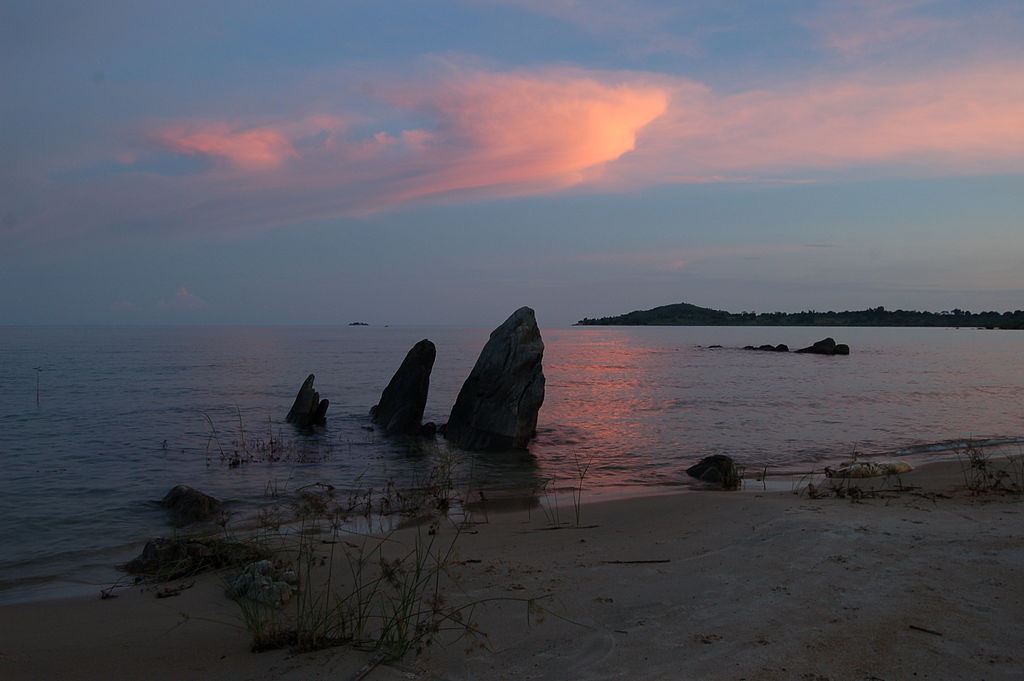
Lake Nyasa, also known as Lake Malawi, March 2007. (Credit: Flickr User Sara Joachim via Wikimedia Commons)
Lake Tanganyika
Probably the best known of any lake in this region, Lake Tanganyika is the longest freshwater lake in the world.
Sitting in a narrow lakebed, it extends into the West Africa Rift Valley and is fed by multiple rivers. Its water tends to be brackish, but still has lower salinity than seawater.
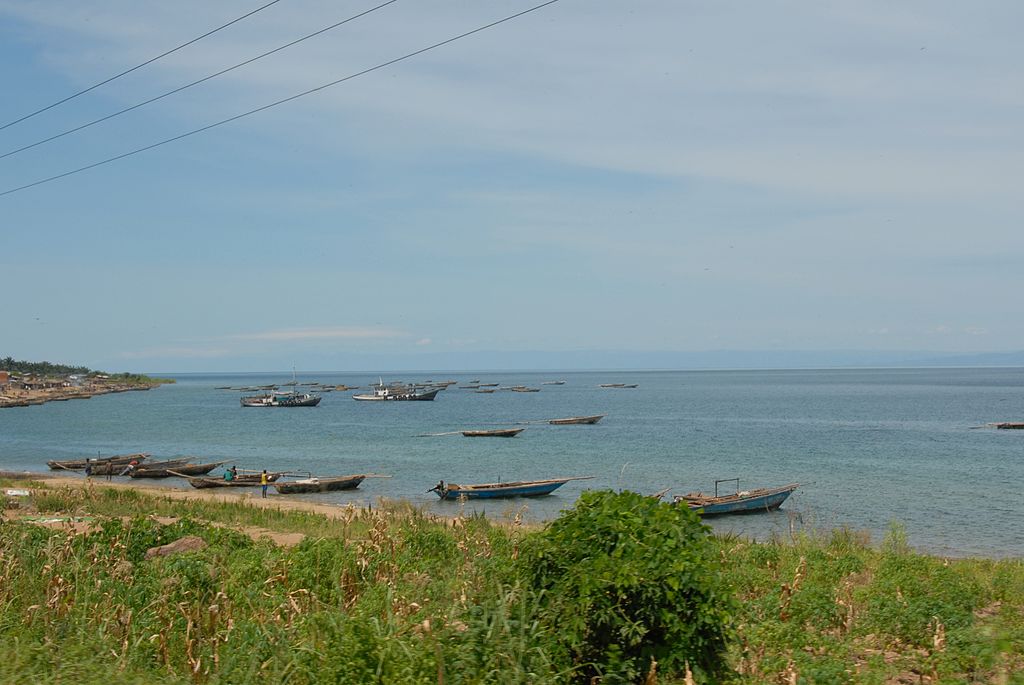
Lake Tanganyika, March 2007. (Credit: Flickr User Dave Proffer via Wikimedia Commons)
Lake Kivu
While it was once connected to nearby Lake Edward, volcanic activity created a dam that separated the two water bodies. This stopped Lake Kivu’s flow to the north and shifted its drainage to the south, ultimately running into Lake Tanganyika.
Though it is stocked with fish, Lake Kivu is biologically poor. Sitting nearly 5,000 feet above sea level, its lakebed is believed to hold dissolved methane gases.
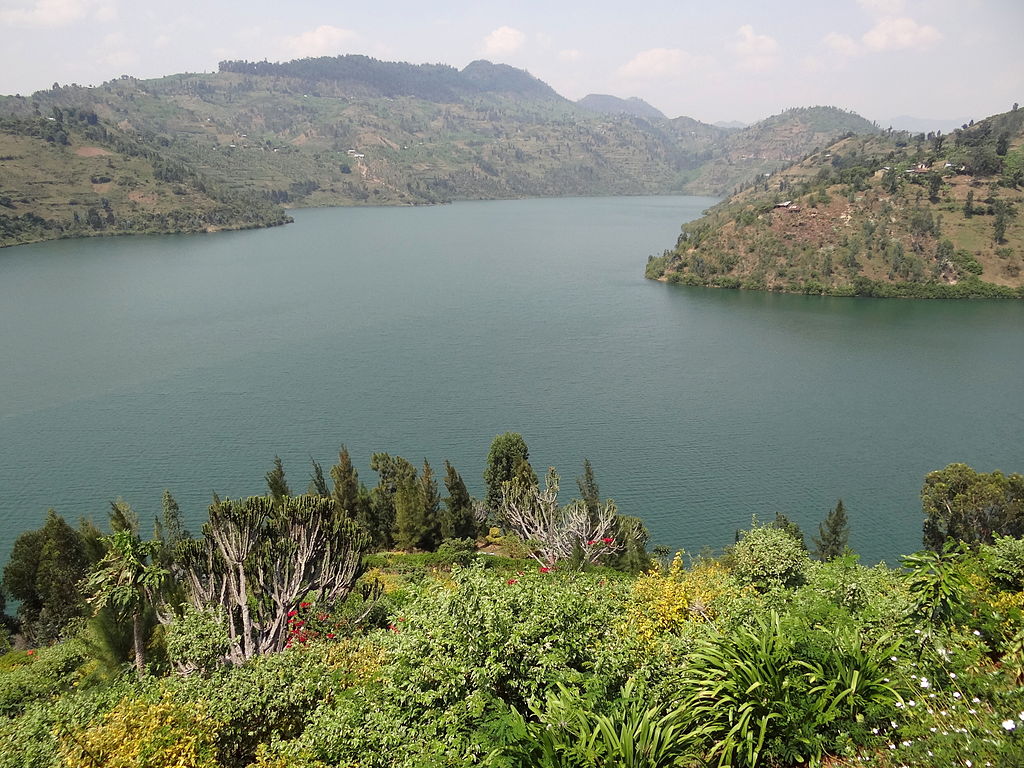
Lake Kivu, August 2012. (Credit: Adam Jones via Wikimedia Commons)
Lake Rudolf
A rich reservoir of fish, Lake Rudolf is known to hold Nile perch, tigerfish, bichir and Tilapia. It also supports crocodiles and hippos and various waterfowl, including flamingos and kingfishers.
The fourth largest of the East Africa lakes, Lake Rudolf once formed a larger body of water with Lake Baringo to its south. Tectonic movement eventually separated them, creating the two lakes that exist today.
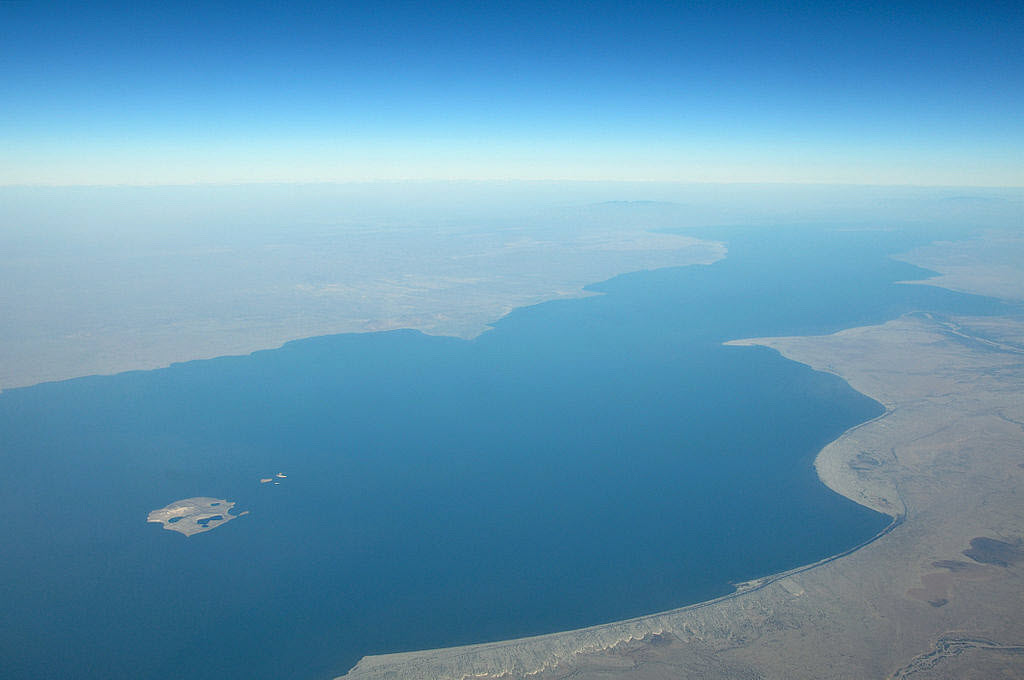
Lake Rudolf, also known as Lake Turkana, August 2009. (Credit: Hansueli Krapf via Wikimedia Commons)
Lake Baringo
Without a visual outlet, water in Lake Baringo seeps out of lavas at its northern end. It is known to support a variety of waterfowl as well as hippos and crocodiles. The lake serves mostly as a water source for nearby villages, providing water for cattle and raising crops.
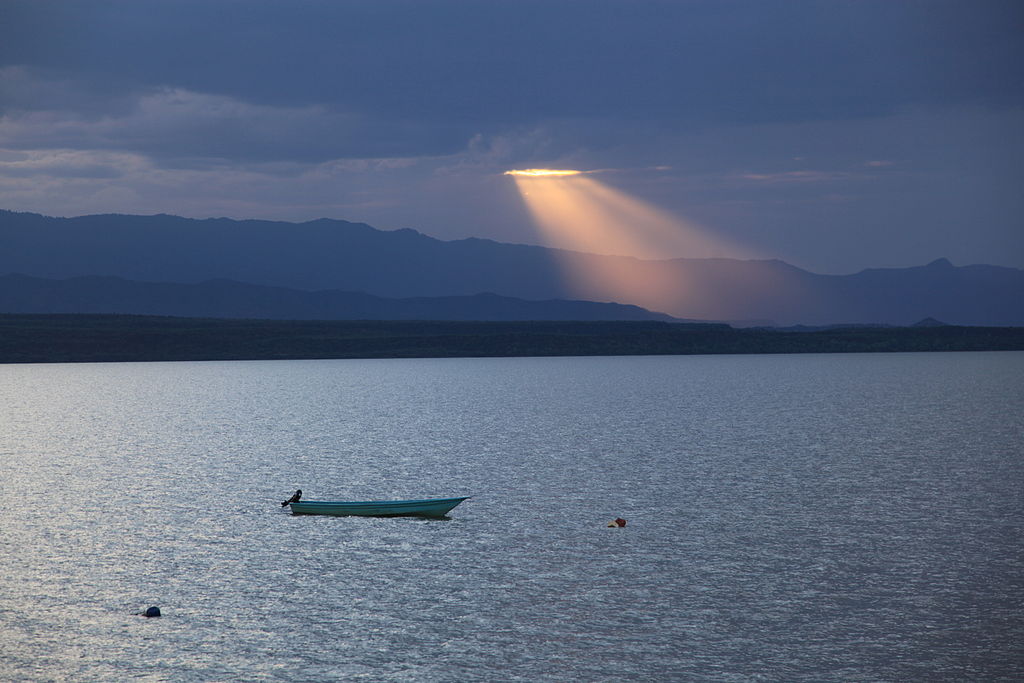
Lake Baringo as seen from Samatian Island, May 2009. (Credit: Flickr User Ferdinand Reus via Wikimedia Commons)




